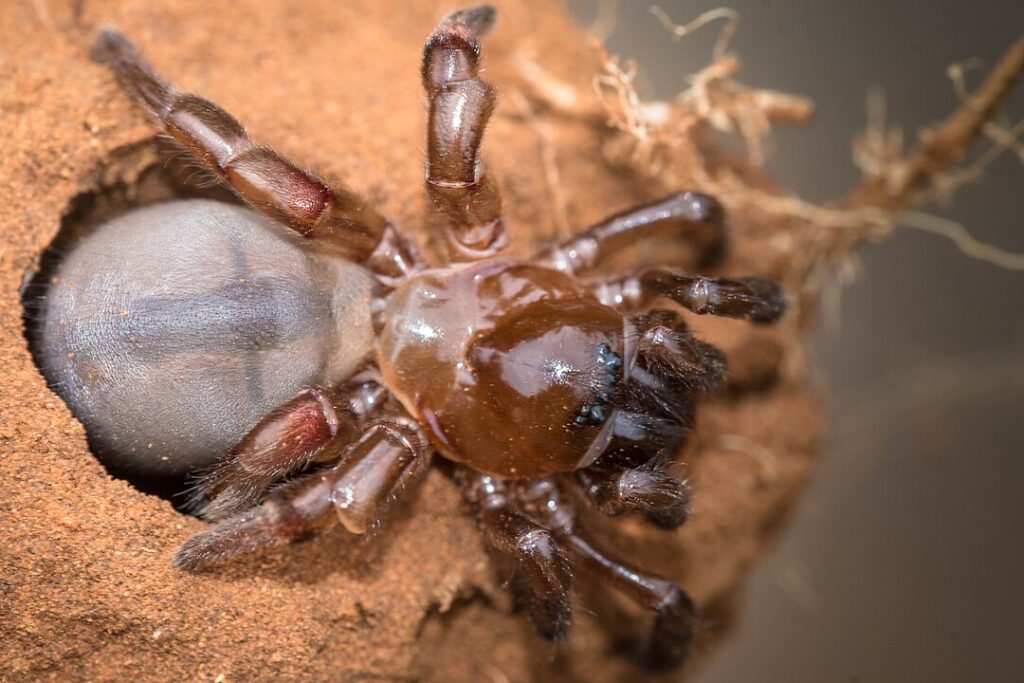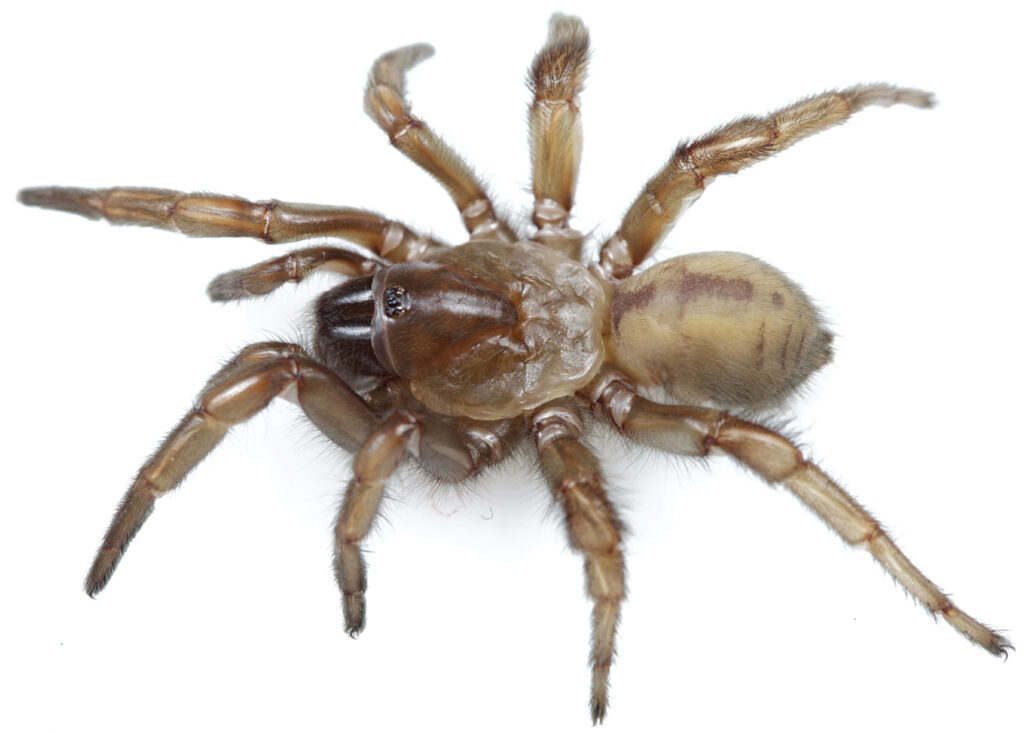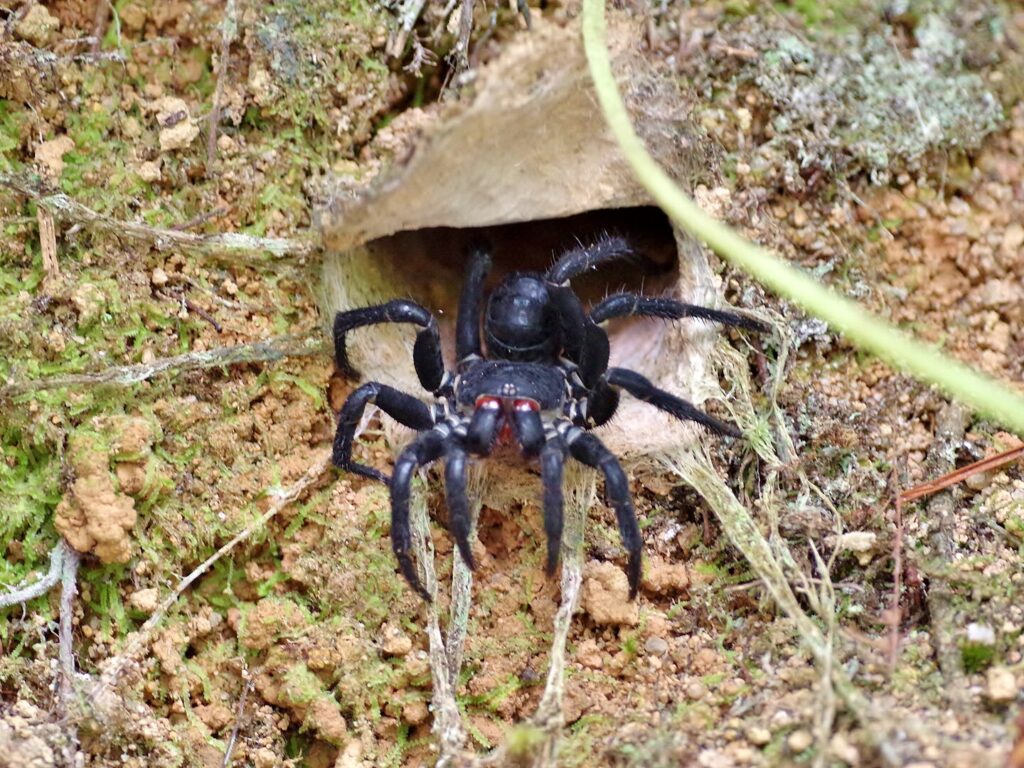A newly identified spider dwelling in sand dunes.

Researchers exploring the sandy coastal dune systems of California have uncovered a previously unknown species of trapdoor spider living beneath beach dunes, and the discovery highlights how much biodiversity can still remain hidden even in familiar places. The new species, Aptostichus Ramirezae, found by the team from University of California, Davis, appears almost identical in appearance to a known species yet genetically distinct, which shows the limits of surface-level identification. With its habitat threatened by erosion, development and sea-level rise the find is a call to action for dune preservation and deeper exploration of under-appreciated ecosystems.
1. The new spider species resides in California coastal dunes.

Deep within the sand dunes along the central California coast researchers discovered a distinct trapdoor spider that was previously grouped with a known relative but turns out to have its own genetic identity. The team at UC Davis found that what had been assumed to be one species is in fact two, with the newly identified one living exclusively within the sandy dune ecosystem. This habitat specificity helps explain why it remained hidden despite being near human-frequented beaches. The discovery underscores how even well-studied regions still harbor surprises.
2. The genetic evidence revealed a cryptic separate species distinct from expected ancestry.

DNA sequencing and population analysis showed that the newly found spider is genetically very different from its close look-alike species, the Aptostichus Simus, even though they share nearly identical morphology as reported by UC Davis. That divergence is significant because it implies reproductive isolation and long term separation, meaning that the two species likely evolved separately while occupying similar dune habitats. This kind of cryptic speciation demonstrates how genetic tools are rewriting our understanding of biodiversity, adding depth and nuance to what appear to be simple species counts.
3. Its exclusive dune habitat makes it vulnerable to coastal threats.

Because the hidden species lives only in sand dune ecosystems along the shore it is exposed to threats such as erosion, rising sea level and encroaching development as discovered by KQED. The limited dispersal ability of trapdoor spiders compounds the risk, since each dune system can become an isolated population unit unable to migrate to new habitat. The glaring vulnerability of this species highlights how fragile coastal dune ecosystems are, and how even creatures just beneath our feet may require urgent conservation attention.
4. The spider constructs burrows with camouflaged silk-lined trap doors.

This trapdoor spider lives in an underground burrow lined with silk and capped by a door made of sand and webbing, a strategy that allows it to ambush prey from a concealed position. The female spends most of her life within the burrow while the male ventures out only when searching for mates, which limits the species’ ability to colonize new dunes. The burrow design reveals how specialized the spider is to sand dune life and how finely tuned its behavior is to that specific habitat.
5. Researchers mapped its range from Monterey to northern Baja California.

Field work showed that the species’ range extends along coastal dunes perhaps from the Monterey region down into northern Baja California, although exact boundaries remain under study. Because dune systems are fragmented and isolated by rocky coastlines, highway development and urban zones the spider’s populations may be patchy and genetically distinct. Understanding the full extent of its range is key to evaluating conservation status and whether multiple populations should be managed as separate units rather than a single species with broad distribution.
6. The discovery adds to the count of dune-specialist trapdoor spiders in California.

With this species confirmed the number of trapdoor spiders that live exclusively in coastal dunes in California has reached at least four, reflecting a surprising concentration of specialized arachnids within this fragile habitat. Each of these species has low dispersal and high habitat specificity, which means their survival is tightly linked to the state of dune ecosystem health. Expanding the known roster reminds us that biodiversity is not just in rainforests or mountains but also in overlooked ecological niches along populated coasts.
7. Conservation efforts can now prioritise genetically distinct populations.

Because the newly discovered spider is genetically distinct from its look-alike, conservation planners can treat the two as separate units and focus attention where needed most. Habitat monitoring and protection can target the dunes where the vulnerable species occurs, especially zones threatened by human development or sea-level rise. The find provides a data-driven basis to ensure that dune ecosystems are preserved not just for visible flora and fauna but for cryptic species that many people never see but that matter ecologically.
8. Citizen scientists and dune enthusiasts may encounter this species unknowingly.

Given the spider’s presence in dunes near beachgoers there is a possibility that local community members may unknowingly pass by or even stand on areas that host populations of the species. While the spider is harmless to humans and rarely seen because it spends most of its time in the burrow, awareness helps in dune preservation efforts. Educating the public about how fragile dune systems are and how many species they support can help promote responsible beach and dune usage that accommodates biodiversity protection.
